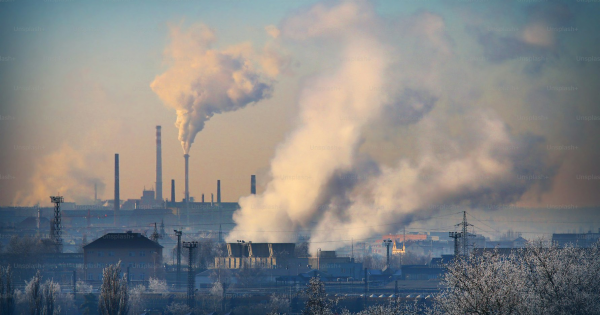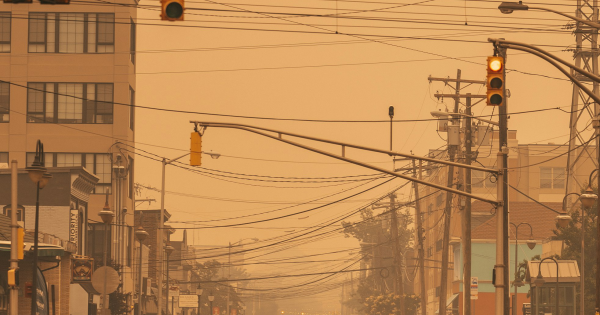Air Quality Alert
An Air Quality Alert is a notification issued by environmental or governmental agencies when air pollution levels reach unhealthy thresholds. These alerts inform the public about the potential health risks and recommend actions to minimize exposure.
See the current LIVE alerts.

What is an Air Quality Alert?
An Air Quality Alert is a public notice issued by environmental agencies like the Environmental Protection Agency (EPA) or local health departments when air pollution is expected to reach or exceed unhealthy levels. These alerts are a crucial part of public health communication, as they inform communities about the potential impacts of air pollution on health and provide guidance on how to reduce exposure.
When is an Air Quality Alert Issued?
Air Quality Alerts are typically issued when levels of pollutants such as ozone, particulate matter (PM2.5 or PM10), carbon monoxide, sulfur dioxide, or nitrogen dioxide are forecasted to exceed safe limits. These alerts are common during certain weather conditions, like high temperatures, low wind speeds, or during events such as wildfires or industrial incidents, which can trap pollutants close to the ground and increase concentrations.
How to Prepare for an Air Quality Alert
Preparation is key to minimizing the health impacts of poor air quality. Here are some steps you can take:
- Stay Informed: Regularly check air quality indexes (AQI) available on government websites or weather apps.
- Limit Outdoor Activities: Reduce or reschedule strenuous activities, especially during times when air quality is at its worst.
- Create a Clean Air Space: Use air purifiers indoors and keep windows and doors closed to maintain a clean indoor environment.
- Wear Masks: Consider wearing masks, such as N95 respirators, if you need to be outdoors for extended periods.
- Protect Vulnerable Groups: Pay special attention to children, the elderly, and those with respiratory conditions, as they are more susceptible to air pollution.
Conclusion
Being aware of and understanding Air Quality Alerts can help you take appropriate actions to protect yourself and your community from the adverse effects of air pollution. Always stay informed about the air quality in your area and follow recommended guidelines to ensure your health and safety.



